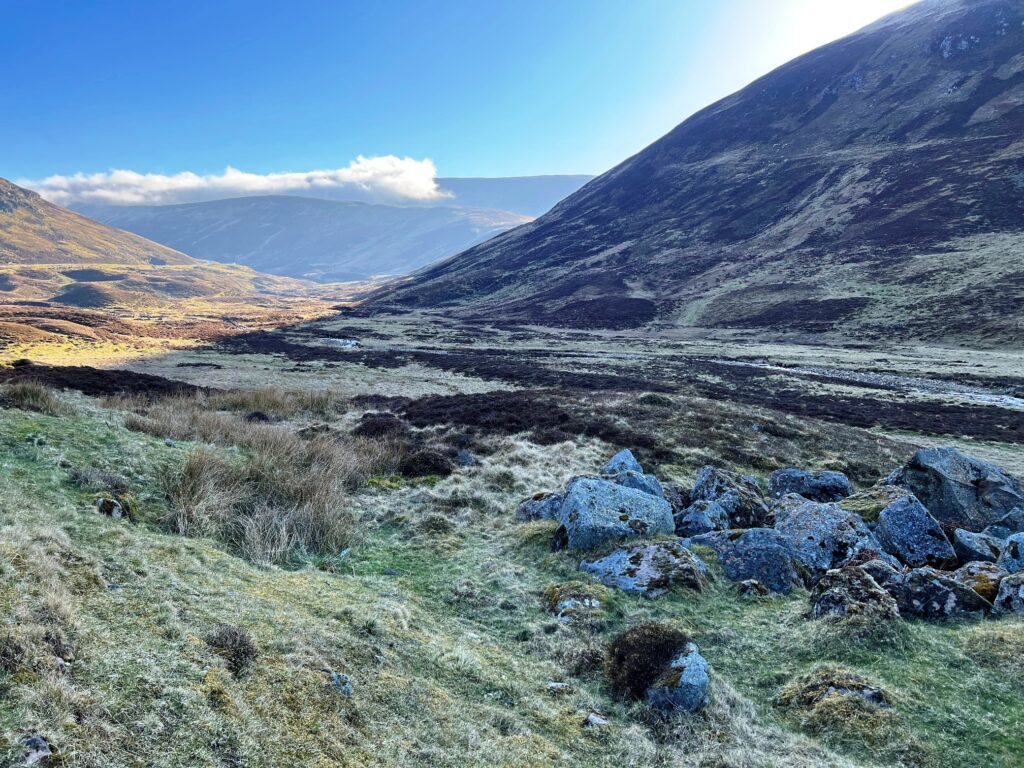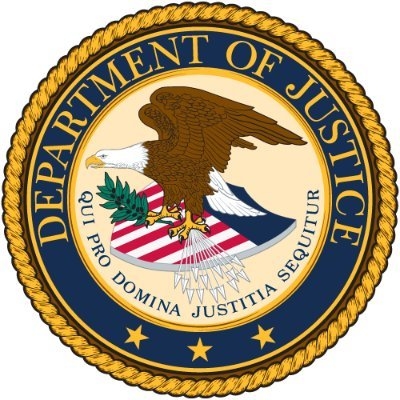Back Home by Chris Hardie
- Download this column as a Word document
- Download the photos that accompany this story
- Chris Hardie’s headshot
We are where we come from.

I had the chance to experience that first-hand recently when my wife Sherry and I embarked upon a three-week journey to Scotland, the country where my great-great-great grandparents came from.
It was the trip of a lifetime.
Our plan to tour Scotland was supposed to happen for our 25th anniversary. Life got in the way. In a few months we will celebrate our 40th anniversary. Did I mention that I am a procrastinator?
James and Margaret Hardie in 1854 came to the area of Trempealeau County now known as Hardie’s Creek after spending two years mining in Maryland. They came from the Glasgow region of Scotland and a local post office by the same name was established in southern Trempealeau County east of Galesville along the Black River.
Grandpa James was described in the book “A History of Trempealeau County” by Eben Douglas Pierce “as an early settler and a sturdy Scotchman.”
He had to be sturdy. His parents died when he was young and the fever also took two of his brothers. James went to work on local farms until he came to America, where the hardships of pioneer life were many.
Pierce describes the challenge: “Their farming methods at first were crude, and for years they suffered the hardships incident to pioneer life, but with Scotch tenacity they stuck to the work while they established comfortable houses and were deriving a good living from the soil.”
All of their sons and grandsons married Norwegians and Germans, so I don’t have much Scottish blood left. But I still have the Scottish surname.
According to HouseofNames.com, the name was possibly Norman and also may have been derived from the evolution of the name Gartney, which became MacCardney or MacCarday and sometime before 1587 was changed to MacHardy.
The surname Hardie comes from the Old French and Old English word hardi, which means brave. I’ll admit it did take a little bravery to rent a car and drive on Scottish roads, but Hardies were common in the Lanarkshire region of Scotland.
Our plan in Scotland was to visit our clan castles – among many others. Hardie is part of the Farquharson (pronounced Farkerson) clan and Sherry’s Scottish ancestry is part of the Campbell clan. The Farquharsons were supporters of Bonnie Prince Charlie and fought in the battle of Culloden in 1746.
The Farquharsons clan castle is Braemar in Aberdeenshire, built in 1628 by the Earl of Mar and passed along to the Farquharsons in 1732. It was unfortunately closed, as it is undergoing a nearly $2 million dollar restoration. We stopped for an exterior photo and quickly left before I was asked for a donation.
The home of the Campbell clan is Inveraray Castle in the county of Argyll, which was used as a filming location in a couple of episodes of the show Downton Abbey. It was unfortunately closed the day we were traveling through. We were able to visit other castles with Campbell connections though, including the remote Castle Campbell which is a spectacular ruin accessible only by foot.
Scotland is a beautiful country, with its rugged mountains and spectacular coastlines. We visited many historic sites, stopped at a couple of distilleries, toured some islands and immersed ourselves in the culture while driving more than 2,000 miles.
I’ve come home with many stories to tell and photos to share, so stay tuned.
On the last weekend of our visit, we stayed near Melrose, which is famous for the Melrose Abbey ruin. It’s also the inspiration for the name of the Jackson County village of Melrose, which is only 10 miles from our home.
I don’t think it was just a coincidence that our inn host was named James Douglas Hardie whose family comes from the same area as mine.
There are 3,297 Hardies in Scotland. A long-lost relative?
I’d like to think so.
Chris Hardie spent more than 30 years as a reporter, editor



